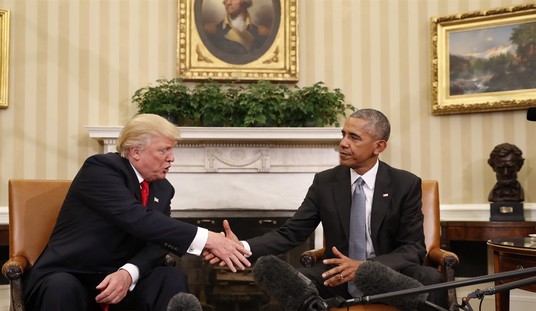Dana Milbank at the Washington Post describes Senate hearings at which journalists, both former and current, describe the imminent end of newspapers. It had, Milbank said, the atmosphere of a funeral. Juxtaposed against the decline of the traditional newspapers were the “parasites”, Google and the Huffington Post being among those mentioned. The insinuation was that the parasites had monetized and distributed the fruit of the labor of the real journalists for a fraction of the cost, essentially stealing revenues from them.
In the coming year the dying newspaper industry will probably explore two tracks in order to survive. The first and most obvious is for newspapers to acquire some kind of public funding or bailout money to keep providing the “essential service”. But that is unsustainable. The other would be to implement a system of microcharges for each use or citation of original material, regardless of who uses it. In that way, journalists or original news sources could get revenue from any use of their material, whether the user is a “newspaper”, a broadcast network or an online publication or blogger. The future survival of journalism and punditry is probably dependent on creating this new distribution model to replace the old newspaper and broadcast driven one. Ads will no longer provide the bulk of the revenue. User micro subscriptions and payments will.
Imagine a situation in which each time you read a Belmont Club post quoting Dana Milbank and Bill Roggio, you had to pay five cents, of which 20% would go to the Belmont Club, 40% to Dana Milbank and 40% to Bill Roggio. The numbers are merely illustrative; you can imagine any split you want. The point is that anyone who contributes value to the product should get something over and above that provided by the ad model by readers or those who link to it. In that scenario, if the X newspaper quotes the Belmont Club which quoted Milbank and Roggio, they too have to pay for that use and somehow the funds flows would be reconciled in some way. The difficulty of implementing this system is obvious (such as for example valuing the contribution of commenters) but it is not insuperable in principle. It’s really a matter of tracking usage, recognizing tokens, sending bills and making payments.
However while such a system would save journalism, it wouldn’t save the newspapers. A revenue model in which all microrevenues “find” those who have added value to the information stream would mean that the newspapers would simply one of several outlets. Journalists would stop working for papers and work directly for their audiences. The second outcome of that scenario is that the credibility of journalists and pundits will more realistically become a function of their quality and track record rather than their position in a media hierarchy. The number of people who continue to read Robert Fisk will be determined by the numbers who find his articles believable or entertaining.
Over time the model will erode ideological journalism. The Huffington Post, for example, may find itself quoting Michael Yon (and hence providing a market for him) despite any ideological antipathy they may feel for him. Indeed, those who quote a source in order to attack it will find themselves willy nilly contributing to the revenue stream of the source being attacked. The bigger the attack, the bigger the payment stream to the attacked.
But that is in the future. For the present what will probably happen is that the number of elite political journalists will shrink, while outlets which provide specialized services (financial newsletters, trade publications) can charge subscriptions. Some newspapers will succeed in becoming wards of the state or of rich interests who can fund them. But in the end technology will advance to the point where micropayments and subscriptions become posssible. And then journalism will become viable again.










Join the conversation as a VIP Member